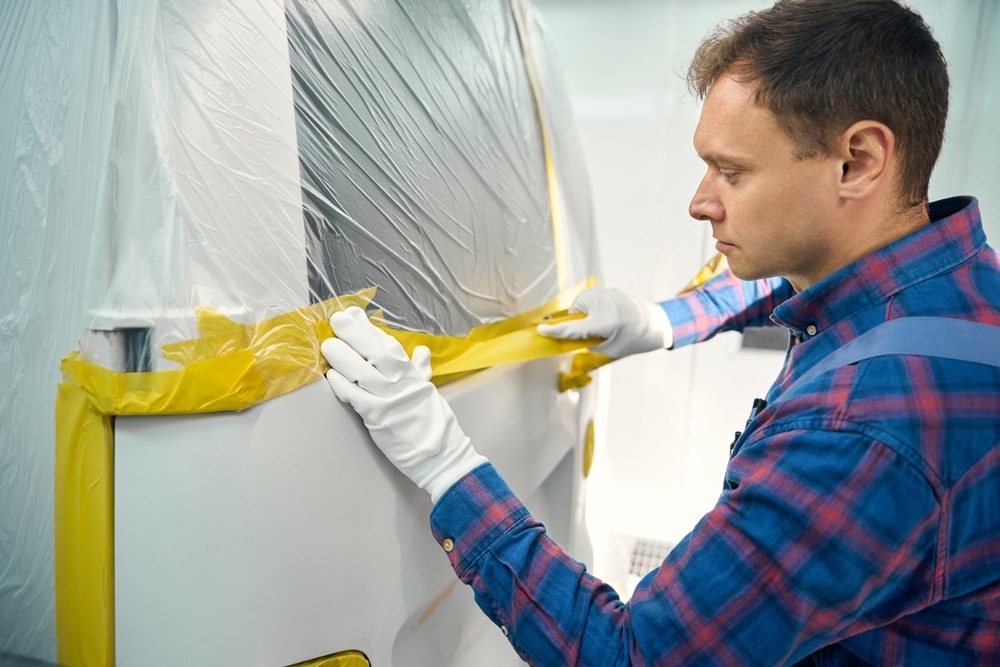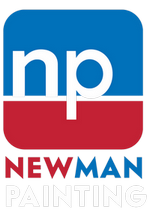
Before you even open a paint can, the condition of your walls sets the stage for everything that follows. Proper surface preparation isn’t just about aesthetics—it’s what enables paint to apply smoothly, adhere properly, and resist peeling or chipping. When you skip or rush this step, even the highest-quality paint can fail to perform. Cracks, holes, dust, and moisture can all prevent a clean bond between the paint and the surface. If you’re investing time and money into a fresh coat, giving equal attention to prep work is what helps that investment last.
Cleaning and Repairing: Create a Smooth Starting Point
Dust, grime, grease, and mildew are more than just surface-level issues—they prevent paint from adhering correctly. That’s why washing walls is a key first step. Depending on the space, this might mean power washing exteriors or scrubbing kitchen walls with a degreaser. But cleaning alone isn’t enough. You also need to repair any surface imperfections, such as holes, dents, or flaking paint. Skipping this part will only highlight flaws once the new paint is applied. Taking the time to patch, sand, and prime sets the foundation for a smooth, flawless finish.
The Right Tools and Materials Make a Big Difference
Surface prep isn’t just about elbow grease—it’s also about using the right materials. Not all surfaces are the same, and neither are the tools needed to prepare them. For example, glossy walls require light sanding to ensure the new paint will stick. Exterior surfaces may require caulking around windows or sealing cracks to prevent moisture from entering the building. Using the wrong tools or skipping steps can result in uneven coverage and premature deterioration. Investing in the proper preparation tools—such as high-grit sandpaper, bonding primers, or mildew-resistant cleaners—makes the paint last longer and look better.
Primer Isn’t Optional—It’s Essential
You might think primer is just an extra step, but it plays a vital role in surface preparation. Primer helps the paint adhere better, covers up stains, and creates a uniform base, especially when you’re switching from a dark to a light color. It also helps reduce the number of coats required and prevents issues such as blotchiness or streaking. If you’re painting a porous surface, such as new drywall or bare wood, primer is necessary. Even if you’re repainting a previously painted wall, priming trouble spots can make a big difference in how the final color looks and performs.
Lasting Results Begin with the First Step
Paint failures—such as bubbling, peeling, or fading—often begin long before the paint even dries. These issues are usually signs that the surface wasn’t adequately prepared. Taking the time to prep thoroughly gives the paint a strong base to cling to, which extends its life and keeps it looking fresh for years. Whether you’re painting one room or your entire home, the quality of your finish depends on how well you start. It’s not just about applying paint—it’s about creating a surface that’s ready to receive it.
Ready for a Flawless Finish That Lasts?
At Newman Painting every project is handled carefully—from prep work to that perfect final coat. Call us at (619) 780-4546to schedule your next paint refresh and keep your home looking its best while staying protected from hidden damage.

